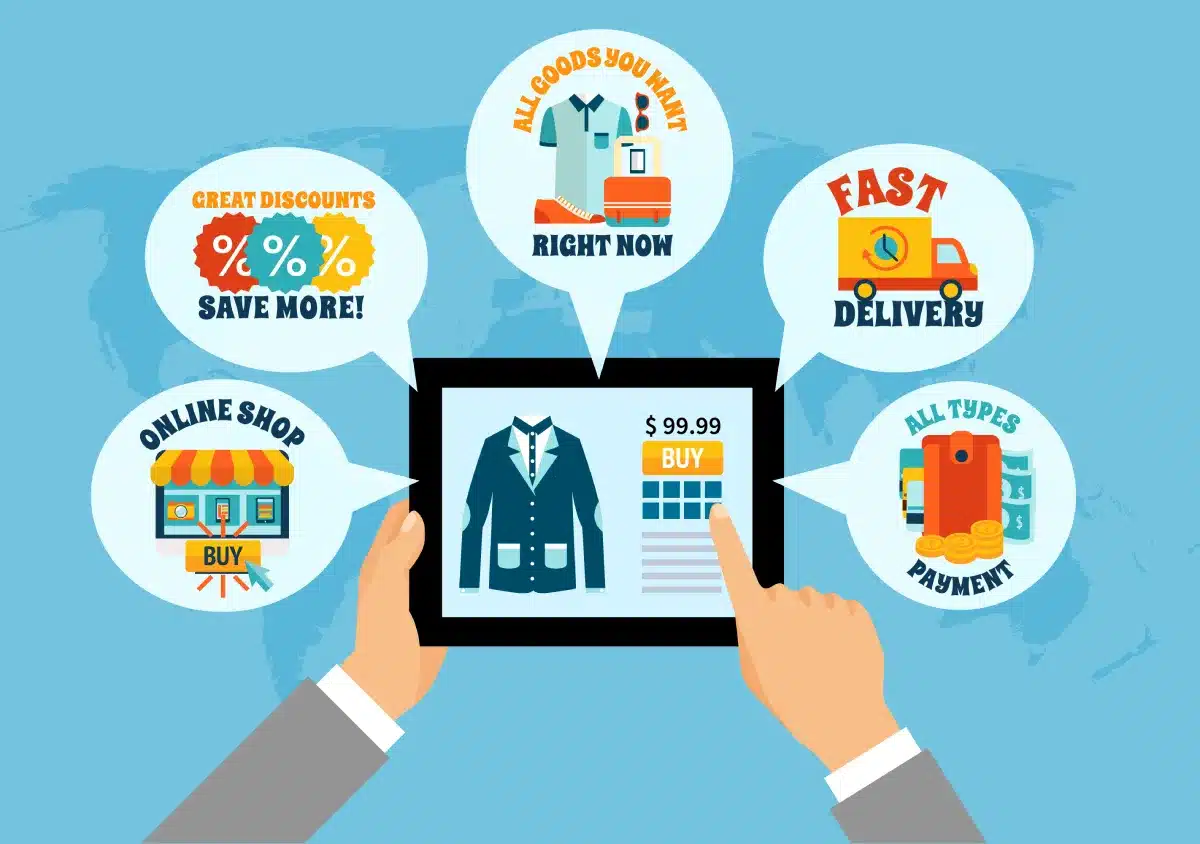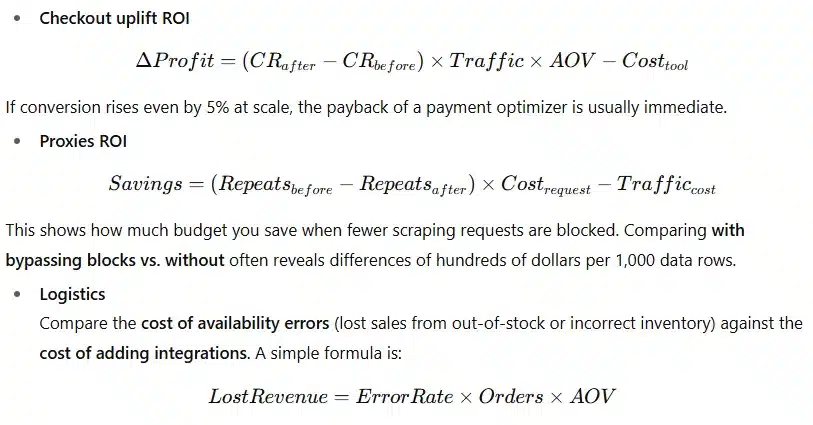Top 5 Tools Every E-Commerce Entrepreneur Should Know
Introduction
Running an online store in 2025 is more than uploading products and waiting for sales. The most successful entrepreneurs treat their e-commerce as a system built on reliable tools. You need a way to launch sites quickly, accept payments without friction, track inventory in real time, research markets globally, and learn how customers behave on your pages. With hundreds of apps and services available, choosing can feel overwhelming. That’s why we’ve highlighted five tools that consistently make a difference. Each one saves time, reduces risks, and helps turn visitors into paying customers.
Tool #1 — AI Website Builders
Forget weeks of revisions. With AI website builders you can type “eco-friendly kitchenware landing page” and get a working draft in minutes. Entrepreneurs use them to:
- Test campaigns fast: build 3–4 variations of a landing page and check which gets higher CTR from ads.
- Cut design costs: instead of hiring a team for every iteration, small businesses spend near-zero on early versions.
- Measure impact: track time-to-first-sale — how quickly after idea validation a product starts generating revenue.
For example, one store tested sustainable packaging by launching an AI-built page on Friday and ran Facebook ads the same day. By Monday, they knew whether customers were ready to buy.
Tool #2 — Payment & Checkout Optimizers
Every extra field in checkout equals abandoned carts. Optimizers tackle this by adding one-click payments, local methods, and BNPL. To make it practical:
- Benchmark conversion at checkout before and after adoption. Many see a +15–20% lift.
- Watch share of local methods — in some markets, over 60% of buyers prefer region-specific wallets.
- Track BNPL usage to capture higher-value baskets, often boosting AOV by 10–15%.
Example: a fashion brand switched to a simplified checkout and saw abandoned carts drop from 68% to 50% in a month. That translated into thousands of dollars saved without extra ad spend.
Tool #3 — Logistics & Inventory Dashboards
Scaling beyond a few SKUs means spreadsheets fall apart. Dashboards solve this by syncing with warehouses and couriers, and surfacing issues before customers notice. Entrepreneurs gain:
- Real-time accuracy: keep out-of-stock rate under 5% with automated alerts.
- On-time delivery: track % of orders delivered as promised; even a +5% improvement reduces refund requests.
- Unified visibility: instead of chasing multiple carriers, one screen shows where every package is.
Case in point: a home décor seller with 1,500 SKUs replaced manual tracking with a dashboard. Within two months, they reduced delivery delays by 12% and cut stockouts in half — keeping customer reviews positive and repeat orders steady.
Tool #4 — Residential Proxies for Market Research and Fair Access
Competing in e-commerce means understanding what your competitors are really doing — not just in your own country, but across regions. Residential proxies help by letting you see websites as if you were a local shopper.
Practical use cases:
- Price monitoring: Track competitor pricing across several countries without hitting 403/429 blocks. Example: a cosmetics brand monitored SKUs in Germany, France, and Spain daily to adjust margins.
- Content validation: Check if discounts, product bundles, or ads appear consistently in different regions. This prevents missing out on localized promotions competitors run quietly.
- Multi-account operations: Safely run multiple seller accounts on platforms like Amazon, eBay, or regional marketplaces, without triggering automatic bans for “same IP.”
- Geo-specific availability: Confirm if certain items are listed only in specific cities or blocked entirely in others — a common tactic for regional launches.
Metrics to watch:
- Success rate of requests — should stay above 95%.
- Share of blocked attempts (403/429) — lower is better; good providers keep this under 2–3%.
- Latency (p95) — critical if you’re pulling thousands of SKUs daily; aim for <500ms.
- Cost per 1k successful data rows — a simple way to compare providers beyond headline pricing.
Why residential proxies work: traffic comes from real ISP addresses, so sites treat it as normal user activity, not scraping. That means more accurate datasets, fewer retries, and reduced infrastructure costs. For serious scaling, entrepreneurs usually rely on paid proxies — free ones often fail under production workloads.
Provider in focus: solutions like Gonzo Proxy offer 20M+ IPs across 190 countries and 2,000 cities, with ISP-level targeting, sticky or rotating sessions, and developer-friendly APIs. For teams, this means you can plug clean, geo-specific data straight into BI dashboards or competitor analysis pipelines — no manual exports needed.
Tool #5 — Customer Behavior Analytics
Guesswork doesn’t scale in e-commerce. Customer behavior analytics tools replace assumptions with hard evidence. Heatmaps show where users click — often revealing that shoppers focus on a secondary banner rather than the main CTA. Funnel analysis highlights exact drop-off points: maybe 40% of users abandon the process at the shipping stage because the form feels too long. Session recordings add context, showing how a visitor scrolls, hesitates, or abandons the cart altogether.
Practical value for entrepreneurs:
- Layout optimization: move CTAs to “hot zones” identified by heatmaps.
- Copy testing: measure conversion lift when headlines are rewritten to match user intent.
- Offer adjustments: see if discounts improve engagement or if free shipping has more impact.
- KPI tracking: drop-off rates per funnel step, scroll depth, time to interact with key elements, and conversion rates by cohort.
For example, one niche apparel store discovered through recordings that users tried clicking product images expecting a zoom function. By adding this feature, they increased session time and raised conversion by 12% in two weeks.
Putting It All Together
These five tools cover the essential layers of e-commerce:
- Storefront builders cut time-to-market and allow rapid experiments.
- Checkout optimizers reduce friction and turn browsers into buyers.
- Logistics dashboards keep operations visible and prevent costly errors.
- Residential proxies ensure market data is accurate and accounts stay safe.
- Behavior analytics close the loop by showing how customers really interact with your site.
With this stack in place, entrepreneurs move faster, test new ideas with less risk, and base every decision on real data rather than hunches. Growth shifts from accidental to deliberate — a repeatable process built on visibility, efficiency, and informed choices.
Economics and ROI (with formulas)
Metrics are useful, but entrepreneurs care about results in money. Below are simple ways to calculate the economics of each tool:
If LostRevenue exceeds integration costs, the tool is paying for itself.
These calculations help move discussions from “does the tool work?” to “does the tool make more money than it costs?” — the only benchmark that matters in the long run.
Conclusion
In 2025, success in e-commerce isn’t only about having the right product. It’s about launching projects quickly, gathering trustworthy data, and shaping every step around the customer journey. The right tools minimize risks, free up time, and unlock new growth opportunities. From building a site in minutes to researching markets abroad and tracking customer behavior, these five solutions give entrepreneurs a solid foundation to scale in today’s fast-moving environment.


Leave a Reply